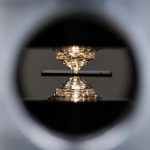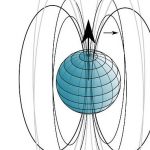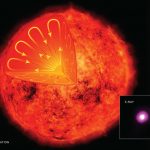The first room-temperature superconductor has finally been found0
- From Around the Web, Science & Technology
- October 14, 2020
The compound conducts electricity without resistance up to 15° C, but only under high pressure

The compound conducts electricity without resistance up to 15° C, but only under high pressure

Source: The Harvard Gazette The purpose of Mesoamerican potbelly statues have been the subject of debate among anthropologists for decades: Are they depictions of the ruling elite? A way to honor dead ancestors? Or perhaps portrayals of women giving birth? As the various theories wound their way through academic circles, the surprising discovery four decades

RESEARCHERS may have stumbled across the secret to ball lightning, a phenomenon which has confounded scientists for years.

“Suppose you had access to every person’s brain,” asks Dr. Michael Persinger, “and they had access to yours?” Dr. Persinger, cognitive neuroscientist and professor at Laurentian University in Ontario, is convinced that this is not only possible but is immanent in the coming future. Why? How? In short, his pioneering research shows a strong correlation between the Earth’s magnetic field and the human brain

Unusual X-ray emissions coming from four old red dwarf stars suggest these old fogeys have something in common with our sun: their magnetic fields are weakening over time, new research shows.

An international team of astronomers has discovered a possible connection between the magnetic fields of supernova remnants and that of our own Milky Way Galaxy.

New findings based on a year’s worth of observations from NASA’s Van Allen Probes have revealed that the ring current – an electrical current carried by energetic ions that encircles our planet – behaves in a much different way than previously understood.

With more than two years of measurements by ESA’s Swarm satellite trio, changes in the strength of Earth’s magnetic field are being mapped in detail.

“the average intensity of the [geomagnetic] field within the circle was significantly lower than that measured outside, as if the stones acted as a shield.”